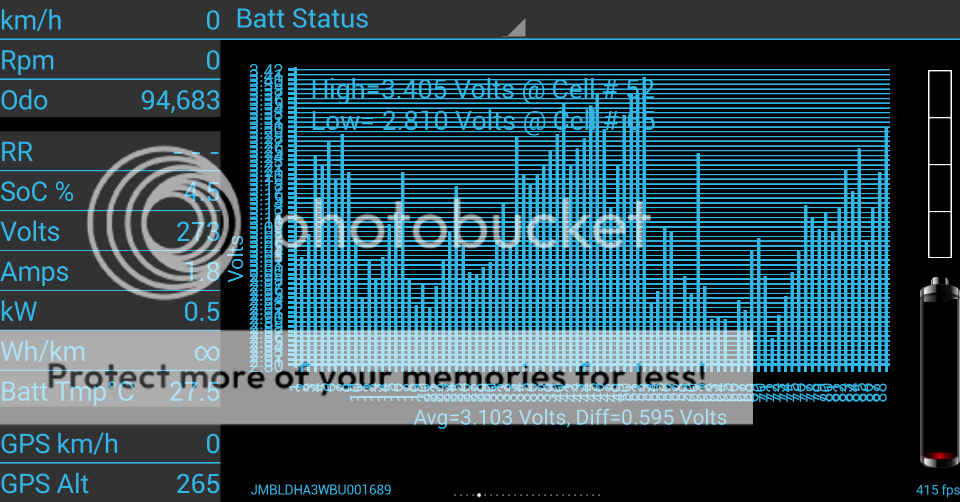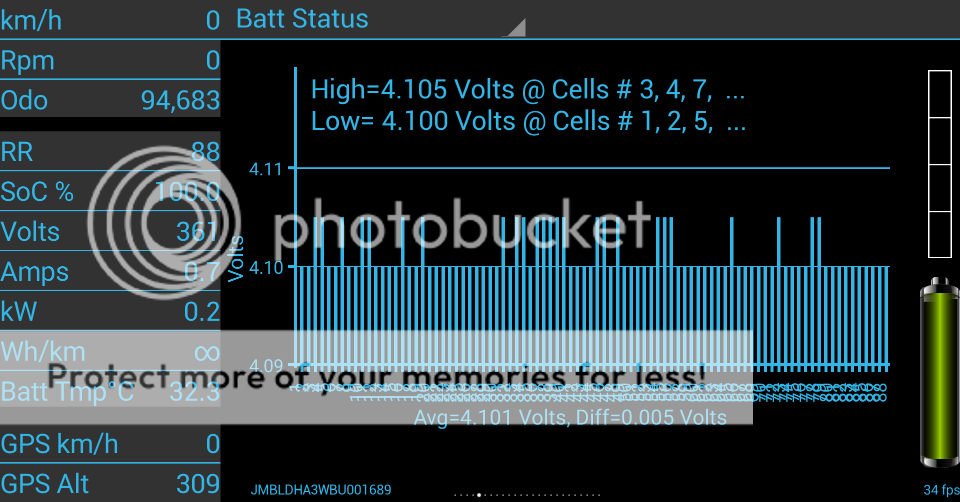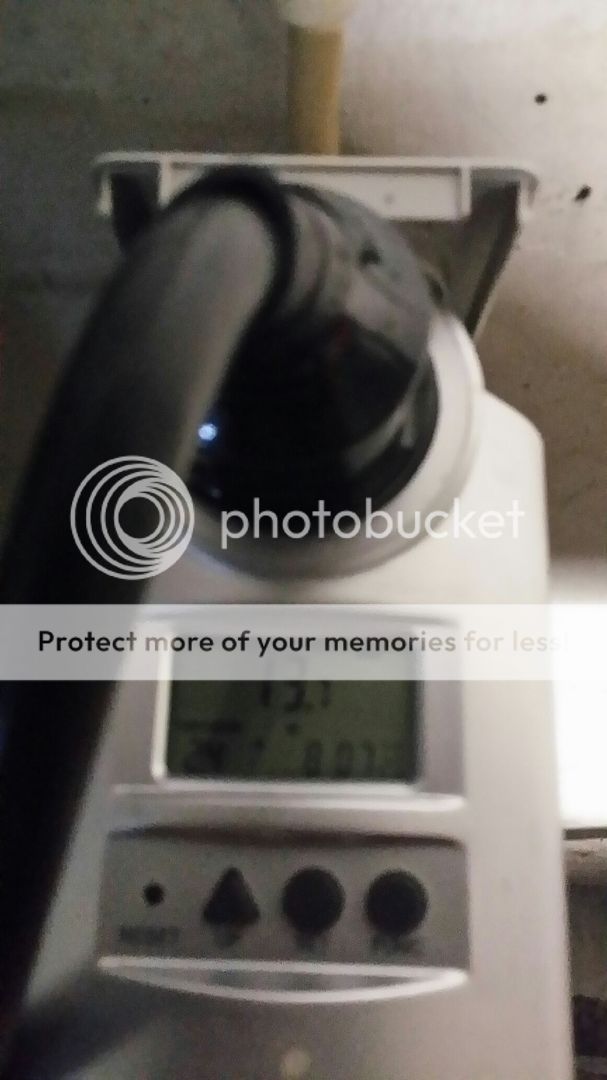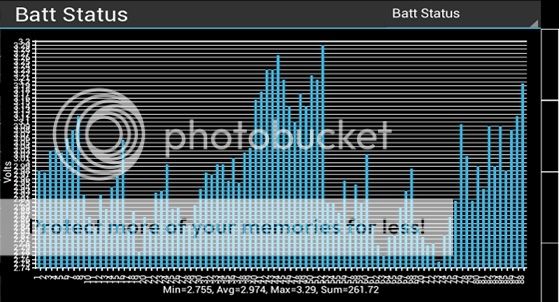Malm
Well-known member
Yes, that´s a quick charger. Welcome to Portugal.

Malm, Congratulations!. Three Bars Gained, wow! I love your Ev with Quick Charger at the end of your double rainbow.PV1 said:Finding an EV at a charging station at the end of the rainbow (especially a double rainbow) beats a pot of gold in my book ...





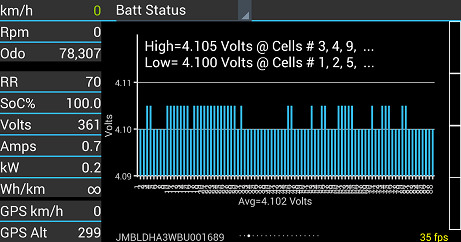
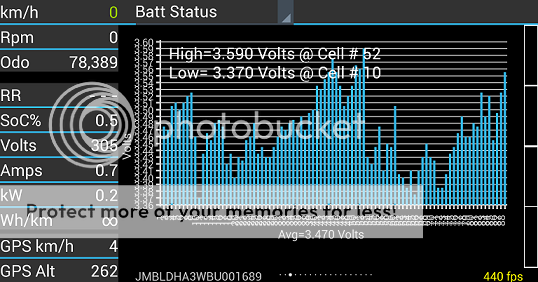
Percent Capacity Loss = (Initial Capacity - Final Capacity)/(Initial Capacity) x 100%Malm said:Today was the day of the annual check. I was interested to get the current battery capacity, and they found it to me: 35,0 Ah.
(24/7/2015 - 81748 km - 35,0 Ah).
The last measurement was 6/3/2014 - 61821 km - 36,4 Ah. So, now that I'm keeping my batteries cold, loss of capacity is approximately 2% an year.

. Feel like moved to Canada or Norway.

